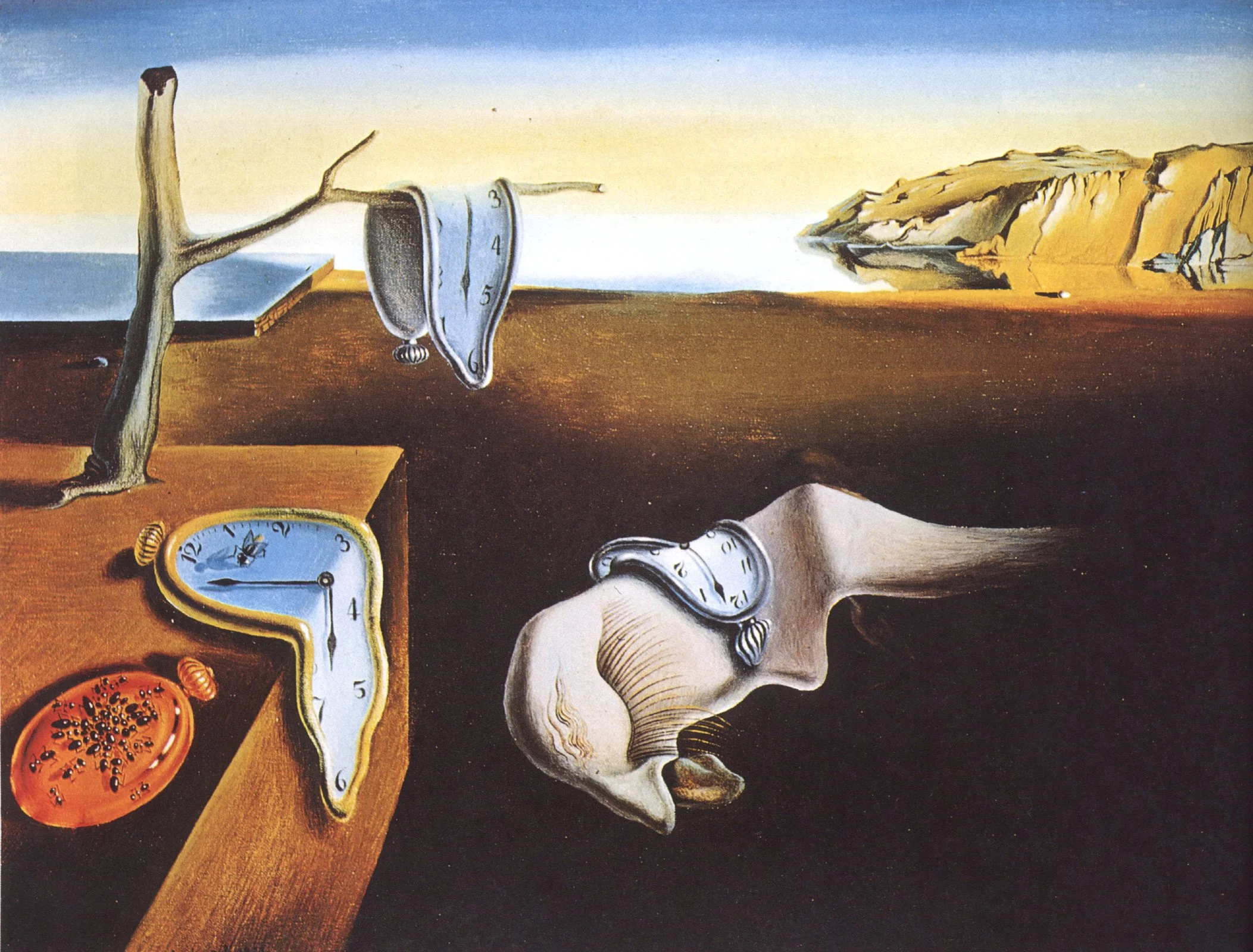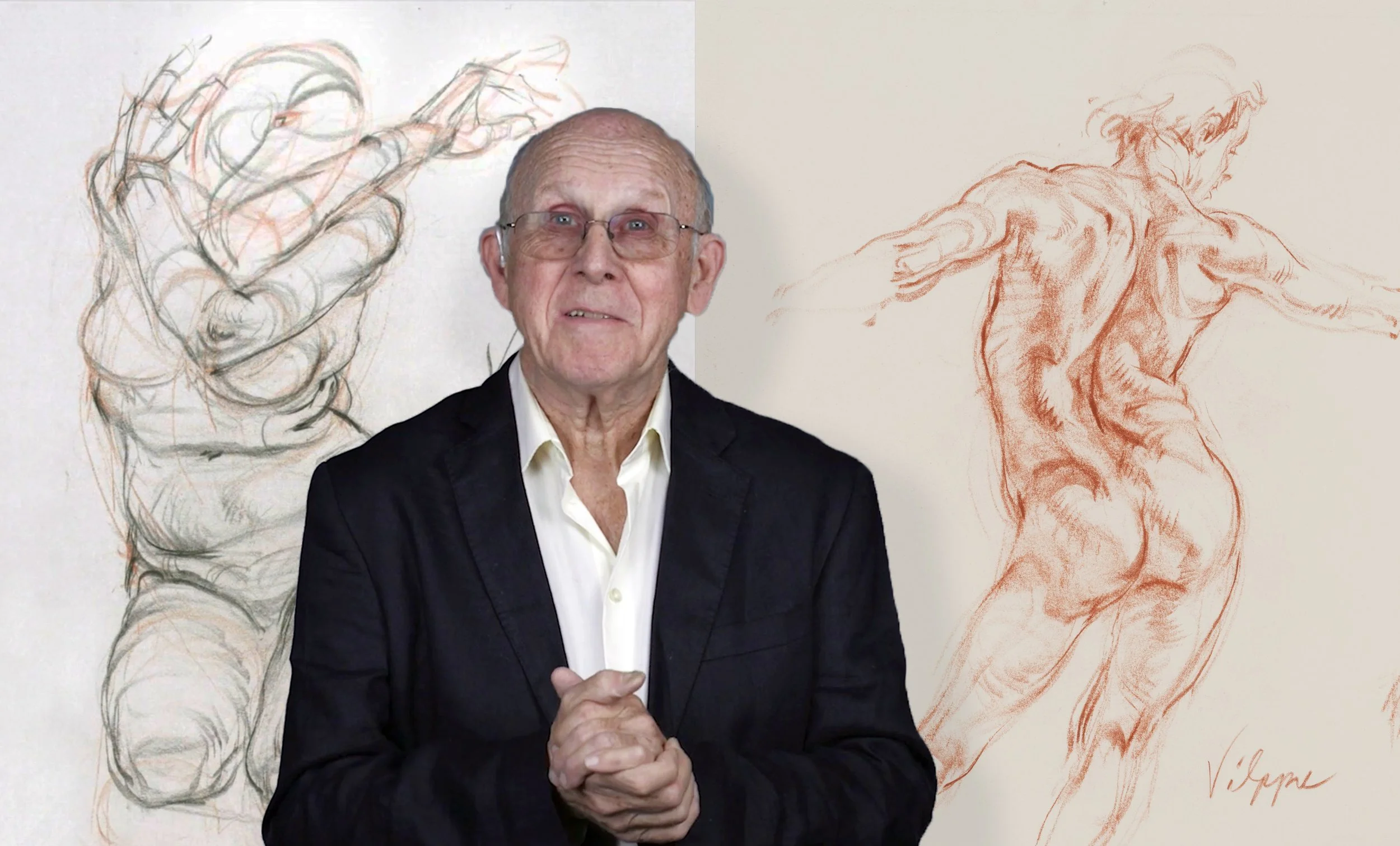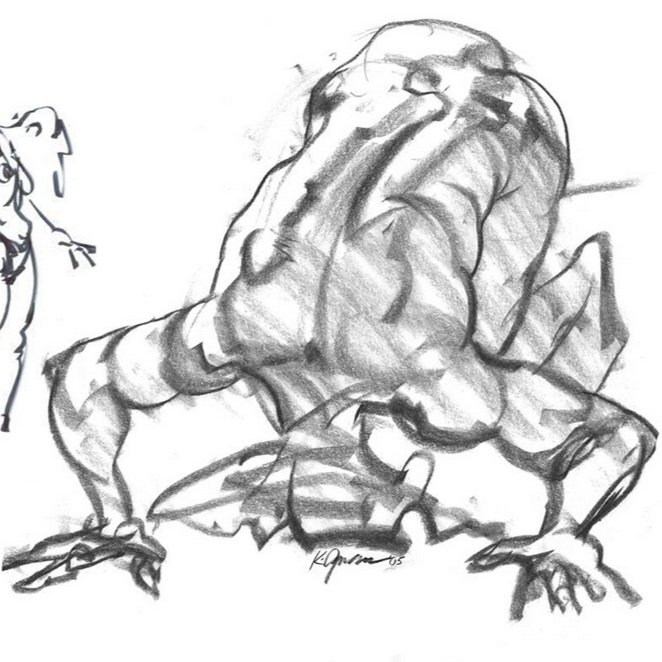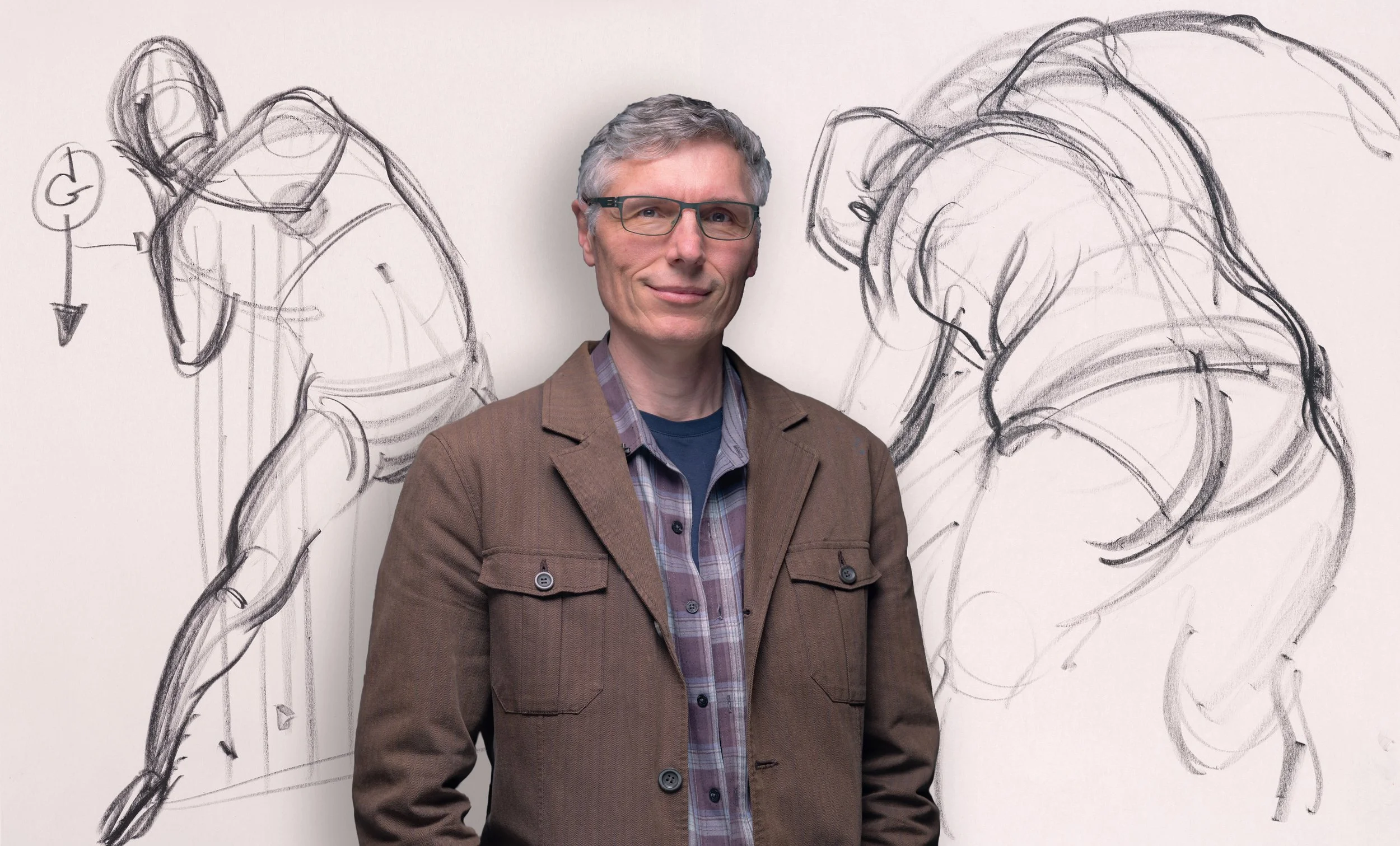Distorted Shapes - Day 6 of Master Mash
Salvador Dali's "The Persistence of Memory" (1931). This surreal masterpiece, famed for its melting clocks against a barren landscape, challenges perceptions of time and reality.
Distorted Shapes in Art: Breaking the Mold of Perception
Shapes have always been the bedrock of artistic expression. From the intricate geometric patterns of ancient structures to the refined contours of a Renaissance canvas, they form the foundational vocabulary of the artistic realm. These rudimentary forms – be it a circle, square, or triangle – are the primary building blocks, shaping the vast world of art.
This week's exploration, titled "Shape," takes us on a deep dive into this cornerstone of creativity. And as we arrive at Day 6, we're introduced to a provocative dimension: "Distorted Shapes." Throughout art's dynamic evolution, distorted shapes have stood out as powerful tools, serving to both challenge and captivate. The deliberate elongation in a Modigliani or the surreal landscapes of Salvador Dali are testimonies to this. Such distortions not only seize our gaze but also provoke thought, elicit emotion, and inject energy into art.
As we navigate today's focus, we'll unravel the allure and impact of these intriguing distortions in the ever-evolving tapestry of artistic expression.
The Law Code Stele of King Hammurabi, circa 1754 BCE. This ancient Babylonian monument, crafted from basalt, showcases Hammurabi receiving the code of laws from the sun god, Shamash.
The Historical Perspective
Distortion in art isn't a modern-day phenomenon. Ancient civilizations, including the Greeks and Egyptians, sometimes utilized exaggerated forms for various purposes. For instance, in Egyptian art, pharaohs were often depicted as much larger than other figures, not because of an inaccurate understanding of proportion, but as a symbolic representation of their divine status and importance.
In the Renaissance, artists were celebrated for their ability to depict the human body and the world around them with accurate proportions and lifelike realism. However, even during this time, artists like Parmigianino experimented with distortion. His painting "Madonna with the Long Neck" is a classic example of this, where he intentionally distorted the Virgin Mary's neck to create a more graceful and ethereal appearance.
Distorted Shapes in Modern Art
With the advent of the 20th century, distortion took on new meanings and was employed more frequently as a central element in art. The modern era, with its rapid changes, wars, and shifting cultural norms, provided a fertile ground for artists to push boundaries.
1. Cubism: Spearheaded by artists like Pablo Picasso and Georges Braque, cubism fragmented and distorted shapes to present subjects from multiple angles simultaneously. This not only disrupted traditional perspective but also offered a more holistic, albeit abstracted, view of the subject.
2. Surrealism: Surrealist artists like Salvador Dali and René Magritte created dreamlike, sometimes nightmarish, worlds where the laws of physics and proportions were defied. Dali's melting clocks in "The Persistence of Memory" are emblematic of this movement's penchant for warped shapes and altered realities.
3. Expressionism: This movement, which originated in Germany, focused on representing raw emotion. Artists like Egon Schiele produced portraits with exaggerated, twisted bodies to convey intense emotions and the human psyche's complexities.
Amedeo Modigliani's "Portrait of Leopold Zborowski," circa 1917. This oil on canvas captures Modigliani's distinct style, characterized by elongated forms and serene faces.
Why Distort? The Power of Distorted Shapes
Distorted shapes in art can serve various purposes:
1. Emotional Impact: Distortion can amplify the emotional intensity of a piece, allowing the viewer to feel the artist's intended emotion more deeply.
2. Challenging Perceptions: Artists often use distorted forms to challenge societal norms or question accepted perceptions of beauty, form, and reality.
3. Symbolism: As with the ancient Egyptians, modern artists also use distortion as a symbolic tool. An elongated shadow might hint at impending doom, while a stretched arm might signify longing or reaching for something unattainable.
Ideas on How to Approach the Prompt
Begin with Basics: Start with a basic shape of your choice, such as a circle or square.
Stretch and Skew: Use your tools (hands, pencils, digital software) to elongate, widen, or skew the shape in unconventional directions.
Merge Shapes: Combine multiple shapes, letting them overlap and interact in unexpected ways.
Play with Perspective: Position the shape in a way that it appears larger, smaller, or distorted due to the viewing angle.
Refinement: Sharpen or soften edges, blend areas, or enhance details to further the distortion.
Experiment with Shadows: Add shadows that might not align with the natural light source, creating an added layer of distortion.
Review: Step back, see the overall effect, and make any adjustments to enhance the distortion.
Recommended Course Insights
Inspirational Image Collections
Distorted shapes in art have traversed a long journey, from symbolic representations in ancient civilizations to reflections of societal upheavals in modern movements, and now, as commentaries on our digital age's fragmented realities. They not only offer aesthetic intrigue but also open deeper dialogues about perception, reality, and human emotion. Whether you're an artist or an art enthusiast, engaging with these distortions can offer a fresh perspective and a renewed appreciation for the boundless realms of creativity.
Remember, at the core of every masterpiece, from the most abstract to the most realistic, lies the foundation of basic shapes. Mastering them, and understanding how to manipulate them, is crucial for every artist's journey.
Stay tuned for tomorrow's prompt. As we delve deeper into the world of shapes, who knows where our exploration will take us next?











